A Beginner’s Guide to Fishing
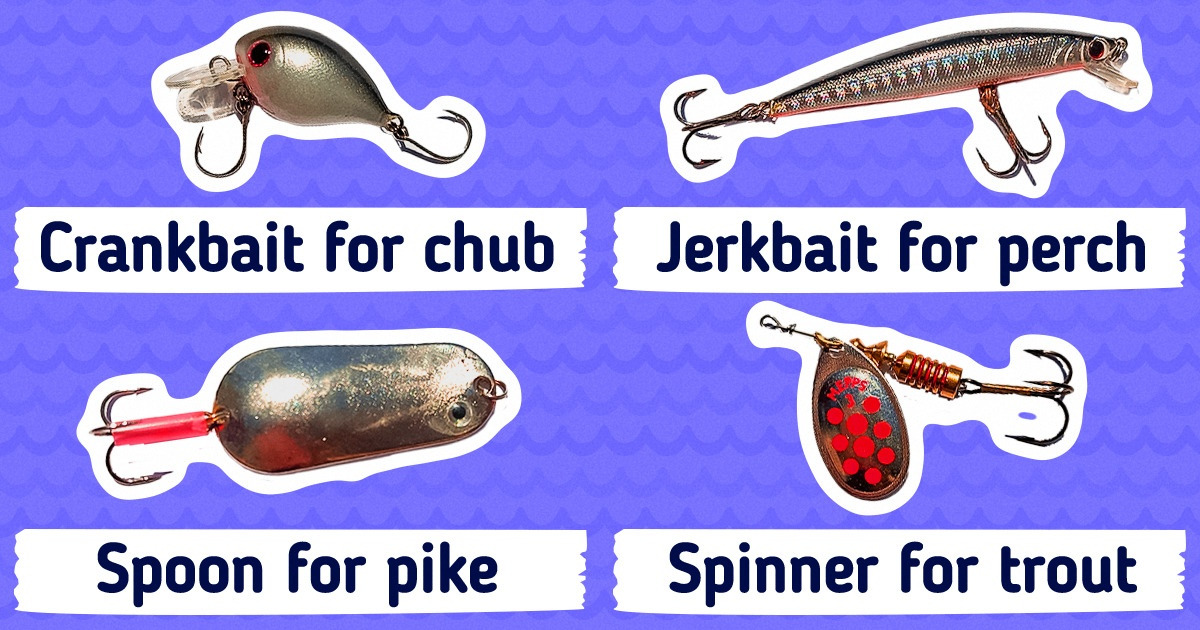
After a long day at work or school, fishing for trout is a good way to relax and enjoy nature. It can reduce stress, anxiety, depression, and encourage relaxation. But choosing the right gear and spot can have a great impact on your success on the water.
5-Minutes Craft has created a guide to help you catch a trout on lures since they are the most popular sport fish.
Note: In most countries, you need a fishing license. So before you start, make sure that you have proper documentation.
Step 1: Chose the right fishing rod
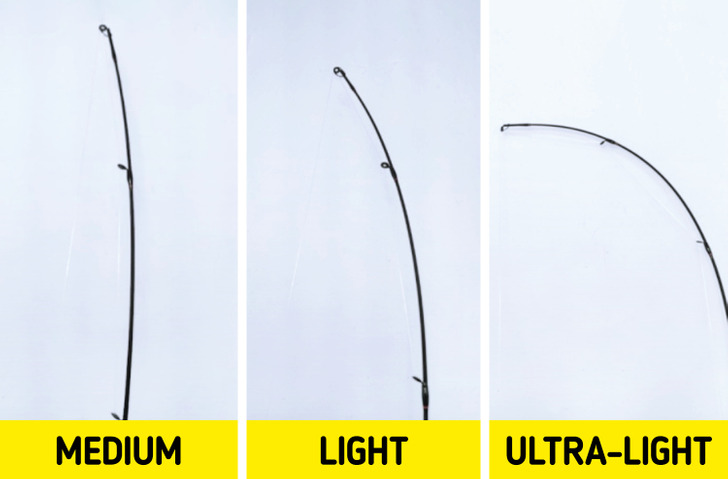
The rod is an important part of the fishing tackle. You should select one based on the river and lure that you are going to use as well as the type of fish that you are targeting. There are three things you should look at when choosing:
- Size: When lure fishing for trout in rivers and streams, you need a smaller rod around 6.6-7 feet because it is easier to cast, or if you are fishing in a smaller stream, 5 feet would be ideal.
- Rod Power: This is the amount of pressure needed to bend the rod. The most common powers are medium, light, and ultra. For beginners, a medium is a good option. It can be used for many types of lures.
- Rod’s action: That’s where the rod bends when weight is added. The most common is fast, moderate, and slow. For lure fishing, fast action rod would be ideal.
Step 2: Choose a fishing reel
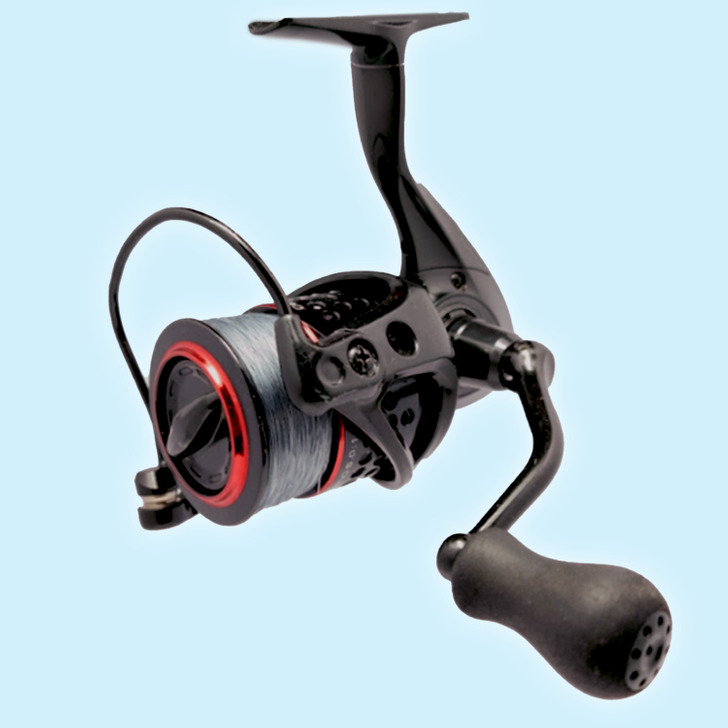
After you get a rod, you need a reel that is properly sized for the type of lure that you are going to use. Size your reel according to the type of fishing that you are going to do in general, sizes 10 and 20 are good for trout.
There are three common reel types:
- Spinning reel: which is ideal for beginners. They are easy to use and are good for casting with light lures.
- Bait casting reel: is not a good option for a beginner, they are harder to master compared to spinning reels. In general, they are used for accurately casting heavier lures.
- Spin casting reels: is cheap and easy to use with a one-button operation. It has a metal nose cone that has all the important components inside.
Step 3: Choose a fishing line
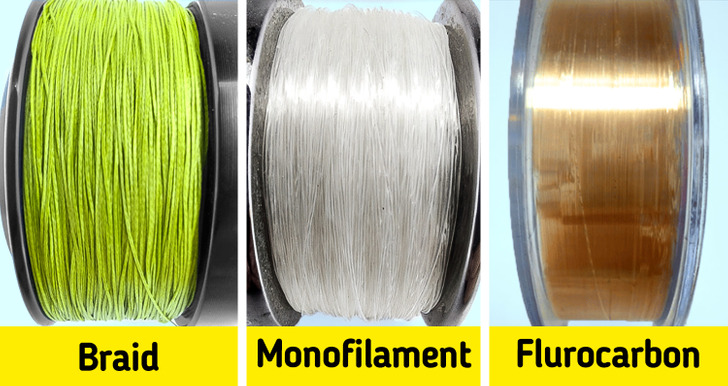
When choosing a fishing line, you need to take into consideration the size of fish that you are going to catch. For lure fishing for trout it is best to use a braid with a fluorocarbon leader. If you are targeting trout in small creeks, you would need a 4-pound-test line. And in rivers, a 6-pound test would be a good option. Also, the line type is important. There are three types:
- Braided line: has low stretch and no line memory, you have more casting distance and good sensitivity but is visible in the water and the fish might get spooked.
- Monofilament line: is cheaper compared to other lines and it has good color retention and abrasion resistance. Compared to other lines, it does not last a very long time.
- Fluorocarbon line: the good thing about this one is that it’s invisible in the water, UV resistant, and abrasions resistant. But also it’s not as strong as other lines and doesn’t have good knot strength.
Step 4: Choose a lure
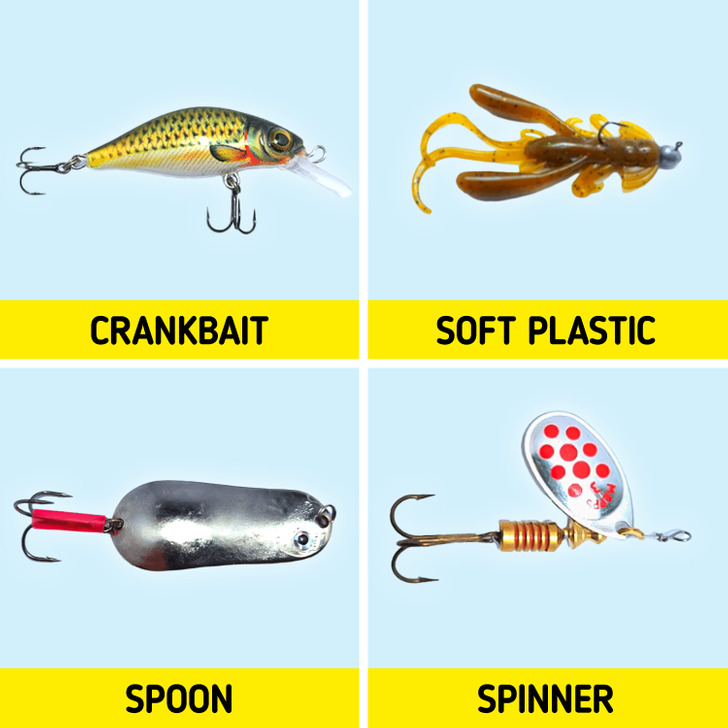
Artificial lures are a great way to catch fish, especially predators like trout, perch, pike, and chub. Selecting the right color, size, and type is important. The best colors are chartreuse, red, and white, among others. The size depends on the river and the fish. Starting with smaller lures is better; even big fish can be caught on smaller lures. These types are designed to imitate the natural food that the fish eats:
- Crankbaits are good lures for chub fishing, especially the floating cranks.
- Soft plastic is a cheap, versatile lure that will work in almost any condition.
- Spoons are one of the best pike lures out there. They imitate injured fish, which are easy prey for most predators.
- Spinners are classic trout lures. They mimic a wounded baitfish and are ideal for fishing in rivers.
- Jerkbait is shaped like a minnow and is the perfect perch lure in both warm and cold water.
Step 5: Choose the right spot
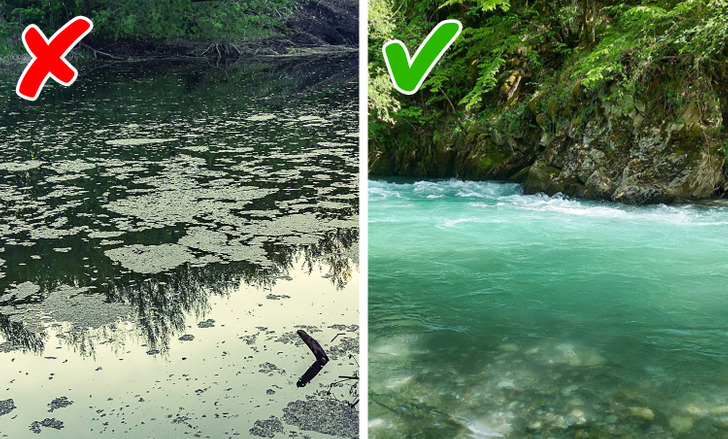
When lure fishing, you don’t spend too much time focusing on one spot. It’s better to make a couple of casts in one place and move. But it’s important to know where to cast. In a river and small streams, fish can be found near currents where water has more oxygen, so focusing on those locations can increase your chances of catching one. In that case, cast your lure upstream and reel it in to make it look more natural.